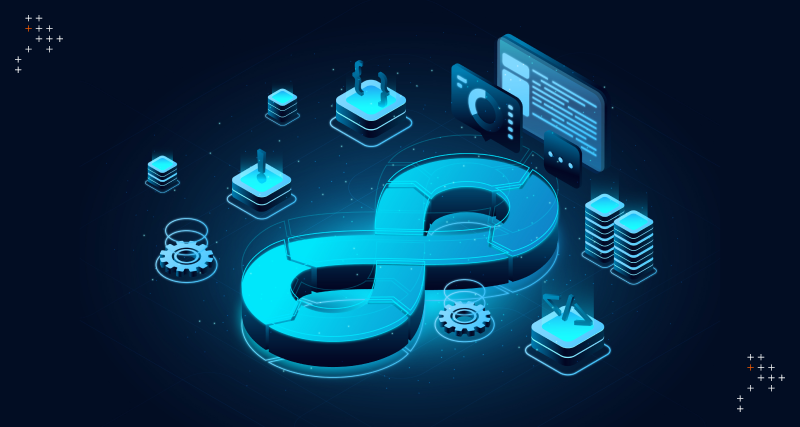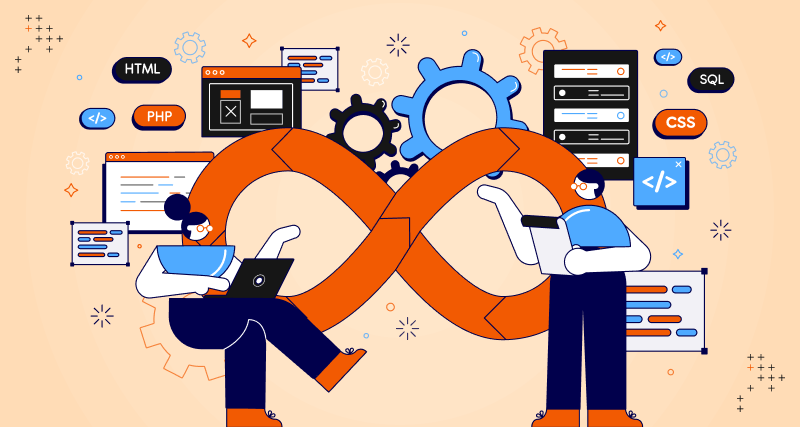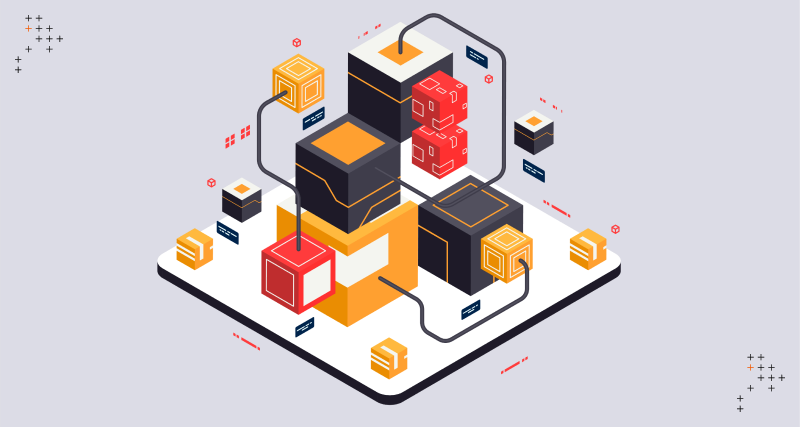Introduction
What if the biggest risk to your platform isn’t a security breach or a failed deploy, but how your team responds when everything breaks at once?
Incidents spike. Infrastructure drifts. Developers deploy cautiously, if at all. Engineering teams are caught in a cycle of reactivity, trying to patch what’s broken while still delivering what’s promised.
In such conditions, success is not measured by feature velocity. It’s measured by confidence:
- Confidence in rollback paths.
- Confidence in alerts that matter.
- Confidence that change won’t break what’s already fragile.
This blog presents a delivery framework for stabilizing complex, brittle systems, one that any team can adopt, regardless of tooling, cloud platform, or maturity stage. It’s based not on fixing symptoms, but on enabling sustained, risk-aware delivery in high-stakes environments.
Fragility Patterns We See Everywhere
Unstable platforms rarely fail in new ways. Across teams and industries, the root causes are strikingly similar:
Instead of using a consistent Infrastructure-as-Code approach, infrastructure is partially managed through scripts and partially through manual console changes. Terraform may exist, but only for some components. This hybrid approach creates a visibility gap and opens the door to config drift.
Environments don’t match. Staging lacks critical services or runs on a different Kubernetes version. Developers deploy to production without any gating, or worse, manually patch it when something breaks. Testing confidence erodes because staging isn’t representative of production.
Observability is reactive. Alerts fire post-outage. Runbooks are outdated or non-existent. Logs are captured, but not structured, tagged, or queryable in meaningful ways.
Secrets management is inconsistent. Some secrets are rotated, some are hardcoded in pipelines, and others are left untouched across multiple environments.
Recovery exists more in theory than in practice. Backups exist, but they haven’t been restored in months. DR procedures are in a wiki page, not in code. No one has simulated failover in a controlled way.
Delivering Stability Through Three Phases
Rather than treating stabilization as a checklist, this framework offers a phased delivery model. Each phase builds toward observable resilience by prioritizing what teams can measure and deliver incrementally.
Phase 1: Discovery — Understand the Platform’s Fragility
Start not by fixing, but by understanding.
- Create a system-level map of what’s currently running: environments, CI/CD flows, IAM roles, monitoring dashboards, secrets stores, and backup systems. Where are the single points of failure? What’s undocumented or unknown?
- Build a risk register. Every issue, whether it’s “no rollback path,” “IAM role grants admin to all,” or “alerts route to a dead email,” should be logged and scored by risk impact, frequency, and complexity to remediate.
- Identify areas of drift across environments. If staging and prod differ significantly, investigate why. Note what changes are not being tested before reaching production.
This phase ends with a delivery-aligned backlog. Not a to-do list, but a backlog structured around risk categories: observability, access control, resilience, governance.
Phase 2: Stabilization — Prioritize Confidence Over Complexity
Instead of refactoring everything, start with targeted improvements that restore team trust and delivery rhythm.
- Introduce missing health checks, readiness, and liveness probes for core services. This prevents Kubernetes from routing traffic to unhealthy pods or masking degraded services.
- Establish basic dashboards and golden signals. Choose 2–3 high-value metrics per service, such as request latency, error rate, and queue depth, and make them visible. Tie these to real SLOs where possible.
- Tune alert thresholds and attach ownership. Define what constitutes a true P1 or P2 alert. Remove redundant or flapping alerts. Assign each one a team and a documented response protocol.
- Restore parity between staging and production. That means identical Helm charts, secrets mounted the same way, and deployment methods that mirror real-world flows. If you can’t trust staging, you can’t trust testing.
- Implement CI/CD gating. Prevent direct-to-prod deploys. Ensure builds are signed, reviewed, and promoted through verified environments. Use GitOps or a policy enforcement mechanism to block unapproved changes.
By the end of this phase, teams should experience fewer unexpected behaviors. Deployments should feel safer. Dashboards should light up before users complain.
When you restore signal quality and reduce cognitive noise, you don't just stabilize systems, you give teams room to think, to improve, and to lead proactively.
— Hetal Mistry, Director of Global Delivery
Phase 3: Strategic Delivery — Maturing Beyond Stabilization
Once the urgent gaps are closed, shift focus to longer-term delivery health. This is where strategic investment delivers exponential returns.
- Build DR simulations into regular delivery cycles. Don’t just back up databases; test restoration time. Don’t just document failover, execute it in a lower environment and record time to recovery. Include the whole team, not just ops.
- Introduce policy-as-code for infrastructure governance. Tools like Open Policy Agent (OPA) or Sentinel can block risky changes: public S3 buckets, wide-open security groups, or IAM roles with wildcard permissions. These policies make security proactive, not reactive.
- Refactor secrets management. Eliminate long-lived credentials. Move to dynamic secrets using solutions like Vault or cloud-native managers. Rotate them automatically. Audit usage. Inject via secure methods—not into environment variables.
- Align sprint planning with risk themes. Instead of shipping only features, teams commit to reducing blast radius, increasing observability coverage, and automating rollback or failover.
Delivery rituals evolve. Retrospectives focus not only on story points but on reduced failure rates and response time. Demos show improved rollback velocity, fewer manual deploys, and decreased alert noise.
Making Progress Measurable
Without measurement, resilience feels like luck. With it, progress becomes predictable.
Track indicators like:
- Time to detect vs. time to alert vs. time to resolve for incidents
- % of Tier-1 services covered by meaningful observability
- % of infrastructure managed through versioned, peer-reviewed code
- % of secrets migrated to dynamic, rotated delivery
- Number of deploys reverted safely via automation
- Reduction in noise from alerts over time
These aren’t vanity metrics. They reflect reduced risk, improved delivery posture, and team confidence.
Delivery As A Catalyst For Resilience
In fragile systems, it’s tempting to build resilience through tooling. But real change happens through delivery discipline.
Delivery isn’t about how we move work forward, it’s how we build trust, sprint by sprint. And in complex environments, trust is the first and most important product.
— Hetal Mistry, Director of Global Delivery
By structuring work around risk, not requests, teams shift from firefighting to foresight. Stabilization becomes a series of confident steps, not reactive jumps. Recovery becomes practiced, not promised.
This use-case delivery framework offers a way forward, one where progress is visible, measurable, and sustainable. Whether your platform is recovering from instability or preparing for growth, resilience isn’t something you hope to achieve.
It’s something you deliver, intentionally, incrementally, and with clarity.

Hetal Mistry, Director Of Global Delivery
Passionate about storytelling and history, I love reading and exploring music. Family time is essential, and I enjoy decluttering. Protecting my sleep and meals keeps me happy!

 We respect your privacy. Your information is safe.
We respect your privacy. Your information is safe.



Leave us a comment